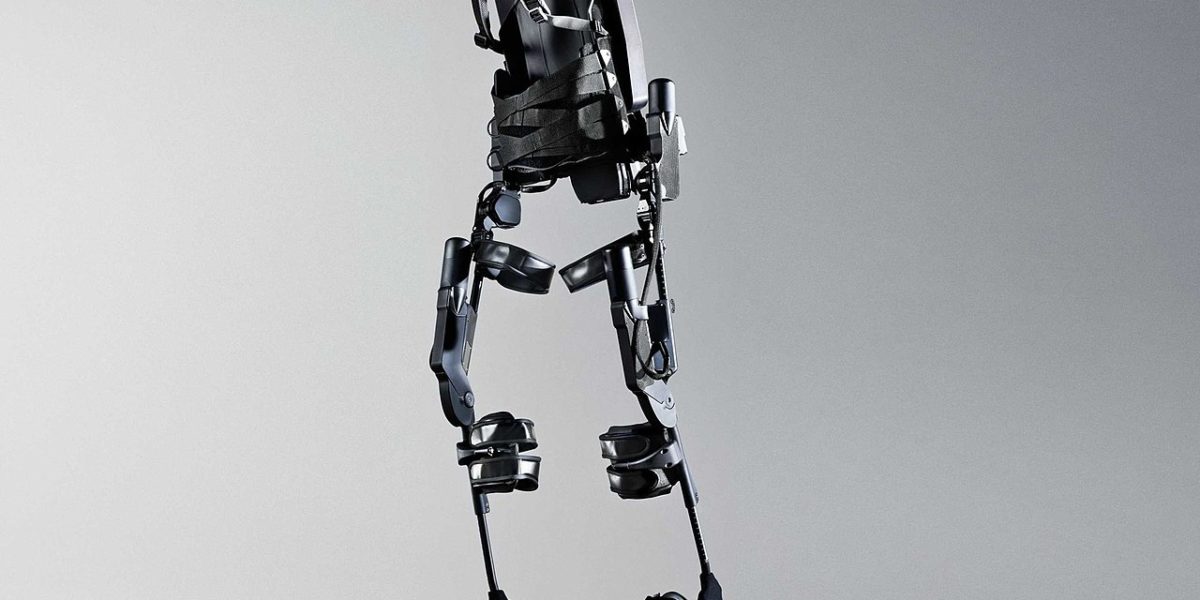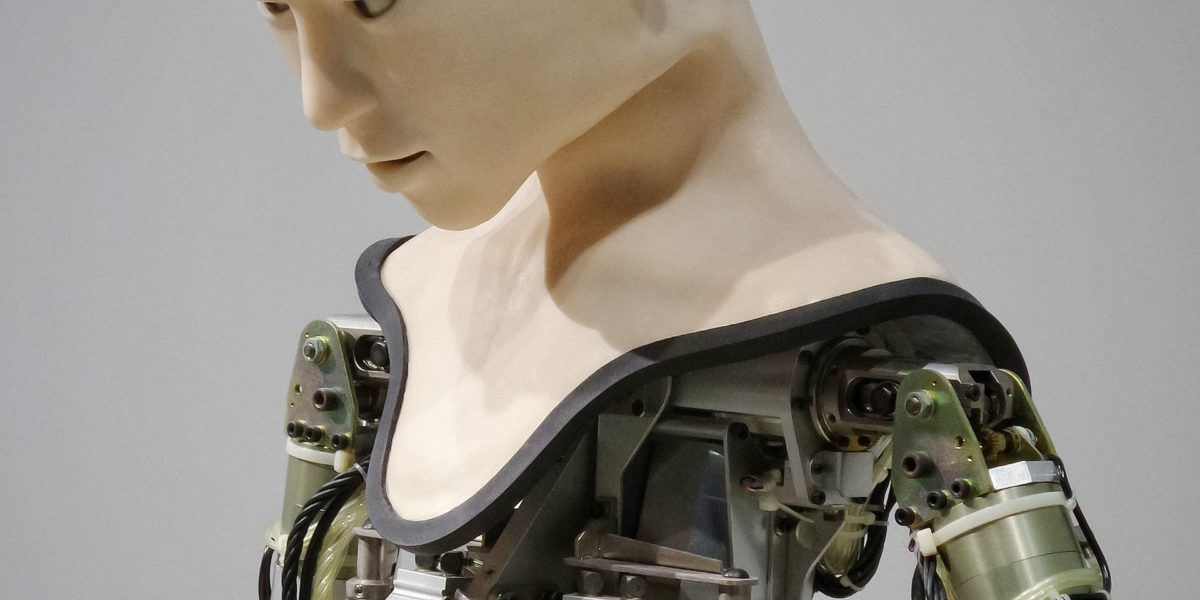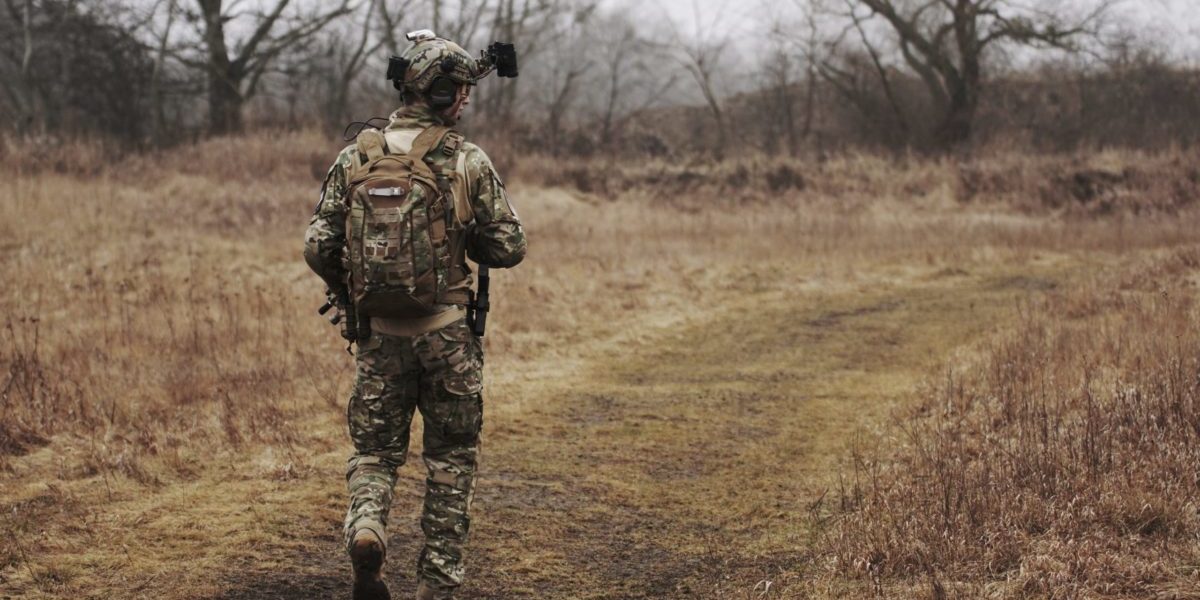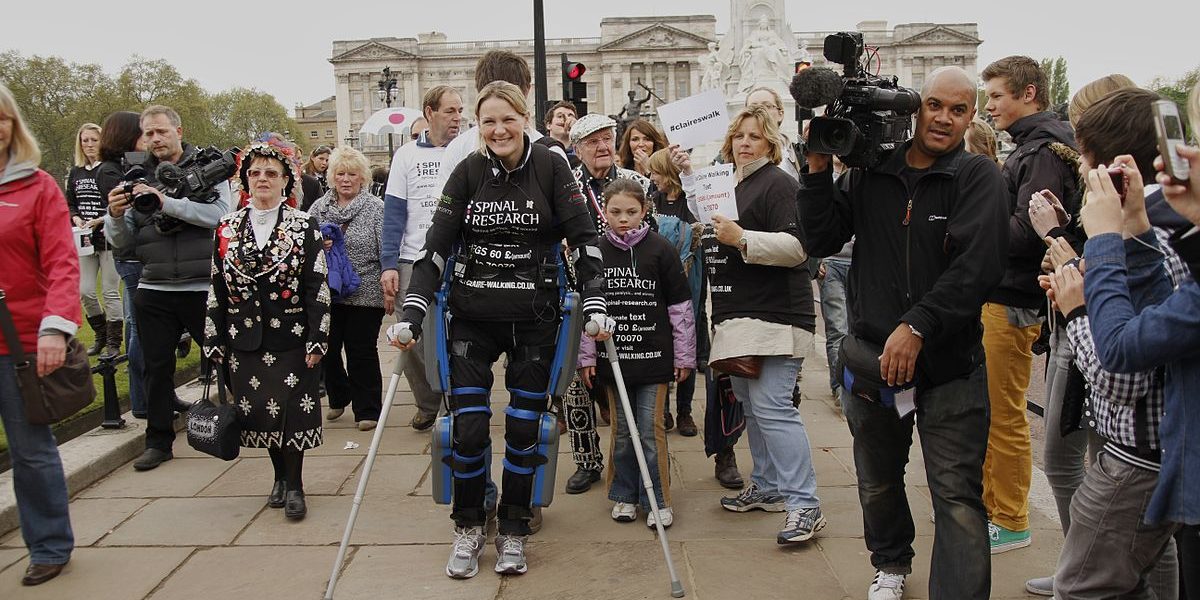Arthropod evolution is amongst some of the most dynamic processes in biological history, with the exoskeleton constantly developing in entirely unique directions to serve the survivability of the specific host animal. The Pistol Shrimp exhibits one of the most creative evolutionary characteristics: the development of a primary claw with a unique geometry that utilizes the laws of fluid mechanics to develop a shockwave-inducing weapon. Unlike many other arthropods, who have developed exoskeletal properties for defensive purposes, the Pistol Shrimp is a highly aggressive animal that uses its appendage to hunt prey. Analysis of the biomechanical design of this creature will not only provide greater insight into the capacity of natural evolution but will also better inform the design of industrial machinery that functions very similarly to the Pistol Shrimp claw.
Continue reading “Nature’s Second Amendment Right: The Functional Analysis of the Pistol Shrimp Claw”Tag: exoskeletons
A Second Chance: Robotic Exoskeletons May Be the Future of Mobility for Patients with Spinal Cord Injuries
No one ever imagines themselves getting seriously injured. Accidents do happen though, like car crashes and unexpected sports injuries. These events can drastically change a person’s life, leaving them unable to perform simple daily tasks without assistance, such as walking. One injury that can radically impact a person’s life is a spinal cord injury. There are approximately a quarter of a million people in the United States with spinal cord injuries, and that number grows by 12,500 each year.
Continue reading “A Second Chance: Robotic Exoskeletons May Be the Future of Mobility for Patients with Spinal Cord Injuries”Soft Robotics: Humanizing the Mechanical
In media and science-fiction, robots have stereotypically, and perhaps somewhat unfairly, been depicted as mechanical, stiff assemblies of moving joints and complicated circuitry. While this still holds true for many robots designed today, whether for industry or research, the past few years have seen a growing interest in soft robotics in academia, industry, and popular culture. As the name implies, many research groups have begun investing in constructing robots from compliant, softer materials.
Continue reading “Soft Robotics: Humanizing the Mechanical”The Weight of Combat: Are powered exoskeletons the solution to heavy combat loads?
Have you ever wondered how much weight a soldier carries in a combat zone?
Continue reading “The Weight of Combat: Are powered exoskeletons the solution to heavy combat loads?”Medical Marvel: Robotic exoskeletons enable those with spinal cord injury to walk again
A fall off of her horse in 2007 caused Claire Lomas to lose all function in her legs. In 2012, she completed the London Marathon, all 26.2 miles. Robotic exoskeletons can literally get people back on their feet shortly after a spinal cord injury occurs, but how exactly do these medical devices not only supplement but restore human performance? What does the future look like for robotic exoskeletons and those with paralysis?
Continue reading “Medical Marvel: Robotic exoskeletons enable those with spinal cord injury to walk again”Superhero Technology for Super Kids
Researchers have begun using exoskeletons (similar to Iron Man’s suit) to aid children with cerebral palsy in danger of losing their ability to walk.
Continue reading “Superhero Technology for Super Kids”




